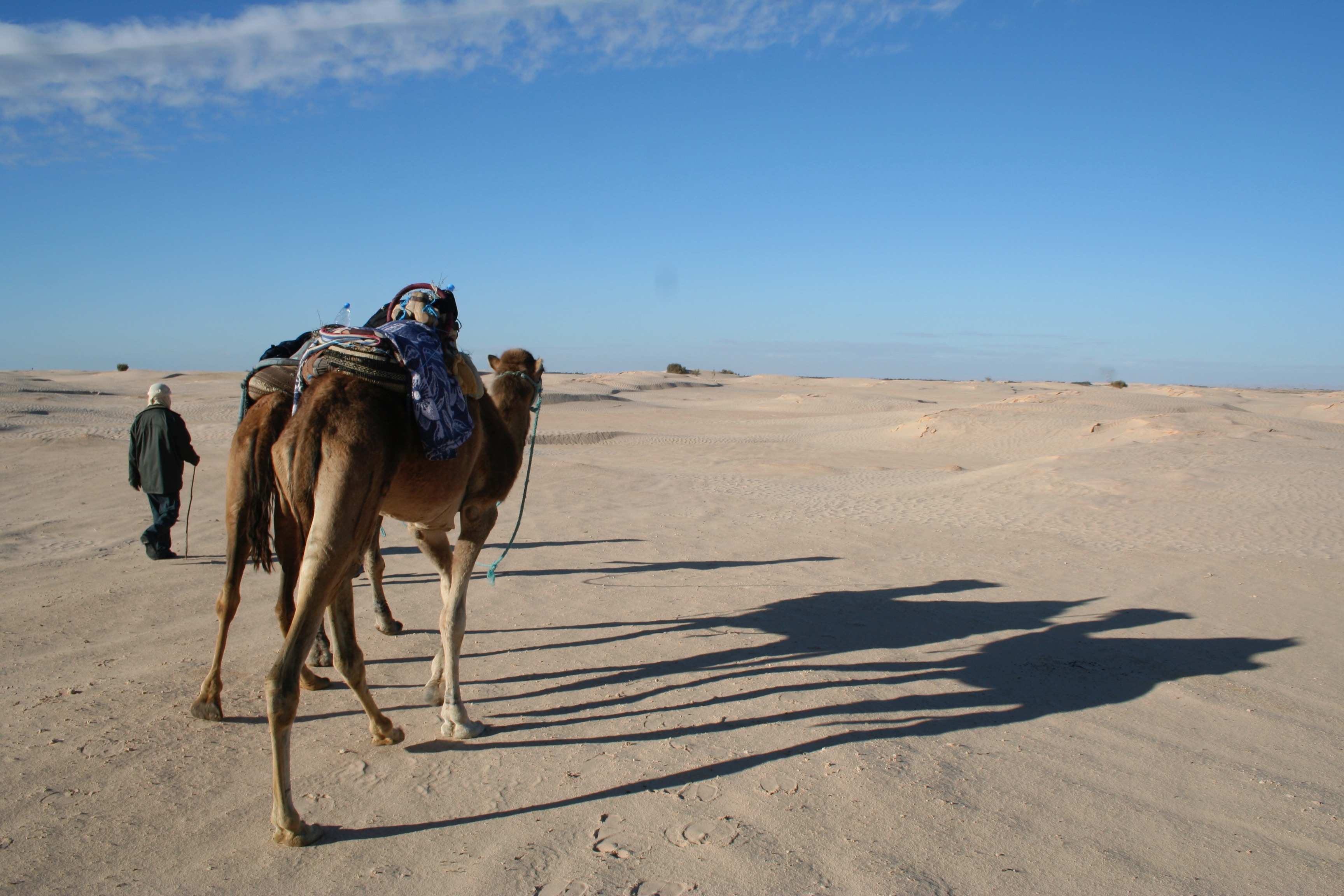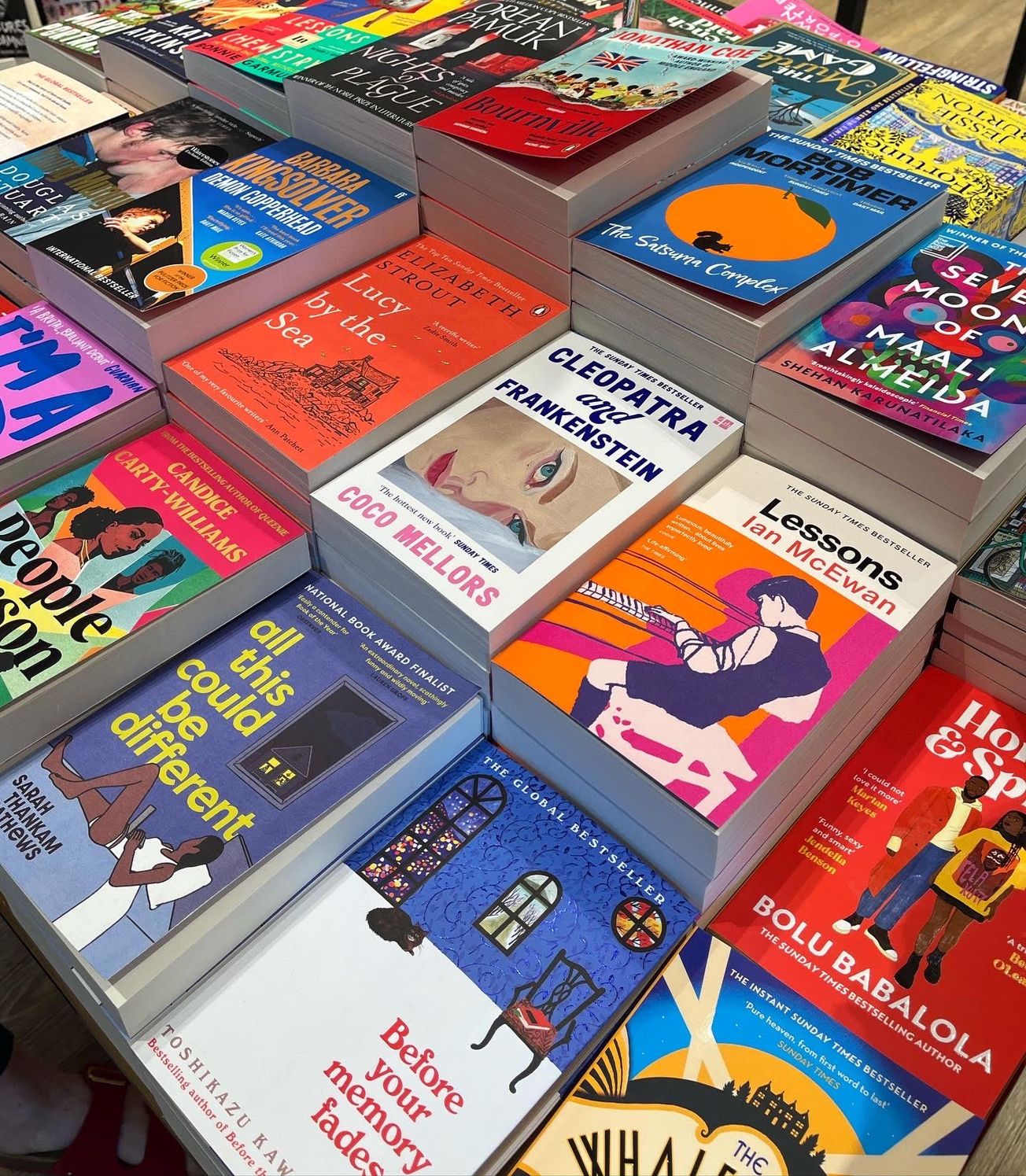Online Style Editor Ruby Gleeson investigates the toxic side of the fashion industry, reviewing BBC Three’s documentary: ‘Fashion’s Dirty Secret’s’.
Students and bargains go hand-in-hand, and I myself am more than often guilty of nipping to Cabot Circus to get cheap Primark basics. We are swept up in the ‘treat yourself’ trend of millennial culture, escaping to the high street to engage in a spot of retail therapy. Give it to us quick, cheap and mass-produced- we love updating our wardrobes without burning a hole in our student loans.
But let’s face it, there’s a troubling reason your new faux-fur coat is only £15. High street consumerism is rapidly taking a toll on our planet, as outlined in Stacey Dooley’s documentary ‘Fashion’s Dirty Secret’s’ on BBC Three.
‘I’ve never thought of fashion as a major polluter’, Dooley admits. Whilst it can be hard to look past Dooley’s presenting style (vacant, wide-eyed exclamations of surprise: ’I had no idea!’) there’s clearly a bigger issue at hand. 100 billion new garments every year simply cannot be sustainable. We are reminded with warnings around beef, dairy and aeroplanes but the issue of clothes shopping is rarely spoken about. It turns out however, that fashion is even worse than fracking, and is the third largest polluting industry, after oil and coal.
Cotton is a major contender- it uses more water than any other fibre, combined with pesticides and fertilisers that damages the land its grown on. Environmental journalist Lucy Siegle puts it into perspective: ‘cotton is responsible for one of the biggest environmental catastrophes that we’ve seen to date on Planet Earth’. But cotton is natural, surely my sacred pair of Levi 501s aren’t really harming anyone? Think again.
Dooley travels from a familiar Brighton high street to to a dried up wasteland between Kazakhstan and Uzbekistan, in what used to be the Aral sea. The sea bed has become a desert, drained entirely to provide water for cotton farms, meaning that ecosystems, fishing industries and thousands of jobs were wiped out. The camera pans in on a camel in this desert, a stark indicator of the drastic scale of climate change here. Dooley explains ‘there used to be fish. Tens of thousands of tonnes of fish. And now there is a camel.’

(Erdem Tekiner/ Unsplash)
Lucy Siegle states that ‘we used to have spring/summer and autumn collections. Now we have 52 plus collections per year’. But what do the big brands have to say about all this? Primark, Pretty Little Thing, and ASOS all declined to comment. Fashion’s carbon footprint is staggering, particularly focalised through one of Indonesia’s major rivers, the Citarum, which Dooley describes as smelling like ‘a sewer’. Toxic waste dumped daily by the surrounding textile factories have devastated the river and the communities around it, many of whom have developed neurological and skin problems from mercury, lead and even arsenic poisoning.
So what can we do as consumers? As a country, we have an insatiable appetite for cheap clothes, and with intense demand comes extreme supply. However, this doesn’t mean we have to increase our fashion budgets and shop at high-end brands- we are students after all. Look outside the box and discover second-hand gems in vintage shops for half the price and none of the guilt. So think twice before splurging on that multipack of sequin scrunchies- retail therapy feels even better when its sustainable.
Featured Image: freestocks.org / Unsplash
Watch 'Stacey Dooley Investigates: Fashion Dirty Secret's' here
Have an opinion about sustainable fashion? Let us know!









